Supportive Reimbursement Policies
Supportive reimbursement policies are playing a crucial role in driving the neurostimulation devices market. As insurance providers recognize the efficacy of neurostimulation therapies, they are increasingly offering coverage for these treatments. This trend is particularly evident in the management of chronic pain and neurological disorders, where neurostimulation devices have demonstrated significant clinical benefits. In 2025, it is anticipated that reimbursement rates for neurostimulation therapies will improve, making these devices more accessible to patients. This shift is likely to encourage healthcare providers to adopt neurostimulation technologies, as financial barriers are reduced. Consequently, the neurostimulation devices market is expected to expand, driven by the growing acceptance and support from insurance companies, ultimately benefiting patients in need of innovative treatment options.
Rising Prevalence of Neurological Disorders
The increasing incidence of neurological disorders in the US is a primary driver for this market. Conditions such as epilepsy, Parkinson's disease, and chronic pain are becoming more prevalent, affecting millions of individuals. According to recent estimates, approximately 1 in 6 adults in the US experience some form of neurological disorder, which translates to a significant patient population in need of effective treatment options. This growing demand for innovative therapies is likely to propel this market forward, as healthcare providers seek advanced solutions to manage these conditions. Furthermore, the aging population, which is more susceptible to neurological issues, adds to the urgency for effective neurostimulation therapies. As a result, the market is expected to witness substantial growth, driven by the need for effective management of these disorders.
Increased Investment in Research and Development
Investment in research and development (R&D) within the neurostimulation devices market is on the rise, fostering innovation and the introduction of new products. Companies are allocating significant resources to develop advanced neurostimulation technologies, which may enhance treatment efficacy and patient outcomes. In 2025, it is estimated that R&D spending in the medical device sector will reach approximately $20 billion in the US, with a considerable portion directed towards neurostimulation devices. This influx of funding is likely to accelerate the development of next-generation devices, including closed-loop systems and wireless technologies. As a result, the neurostimulation devices market is poised for expansion, as new and improved products become available to address the diverse needs of patients suffering from various neurological conditions.
Technological Integration with Digital Health Solutions
The integration of neurostimulation devices with digital health solutions is emerging as a significant driver in the market. The convergence of neurostimulation technology with telemedicine, mobile health applications, and remote monitoring systems is enhancing patient engagement and treatment adherence. This trend is particularly relevant in the context of chronic disease management, where continuous monitoring and real-time feedback can lead to improved therapeutic outcomes. In 2025, it is projected that the digital health market will exceed $500 billion in the US, with neurostimulation devices playing a crucial role in this ecosystem. As healthcare providers increasingly adopt these integrated solutions, the neurostimulation devices market is likely to experience accelerated growth, driven by the demand for more connected and patient-centric care.
Growing Awareness and Acceptance of Neurostimulation Therapies
There is a notable increase in awareness and acceptance of neurostimulation therapies among both healthcare professionals and patients. Educational initiatives and advocacy efforts are contributing to a better understanding of the benefits and applications of neurostimulation devices. As patients become more informed about their treatment options, they are more likely to consider neurostimulation as a viable alternative to traditional therapies. This shift in perception is reflected in the rising adoption rates of neurostimulation devices, which have seen a growth of approximately 15% annually in recent years. The neurostimulation devices market is likely to benefit from this trend, as increased acceptance leads to higher demand for these innovative therapies, ultimately improving patient outcomes and quality of life.


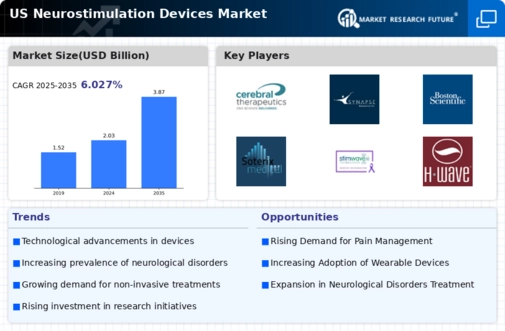
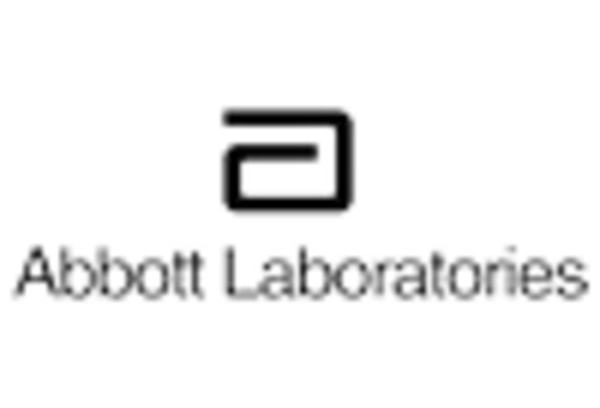
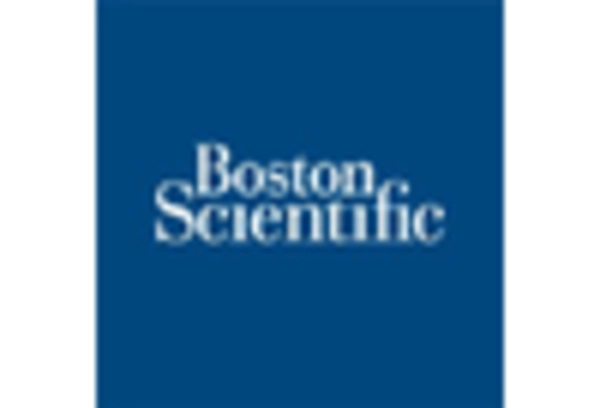

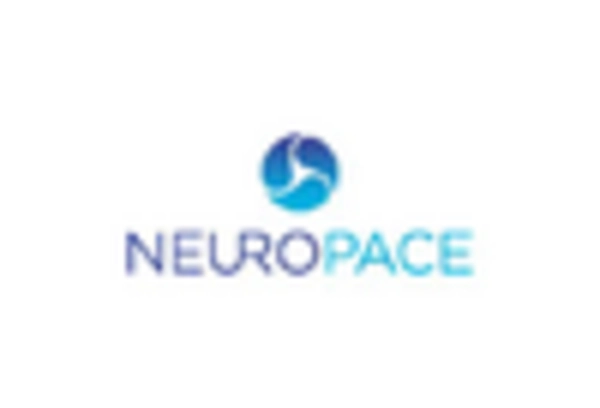
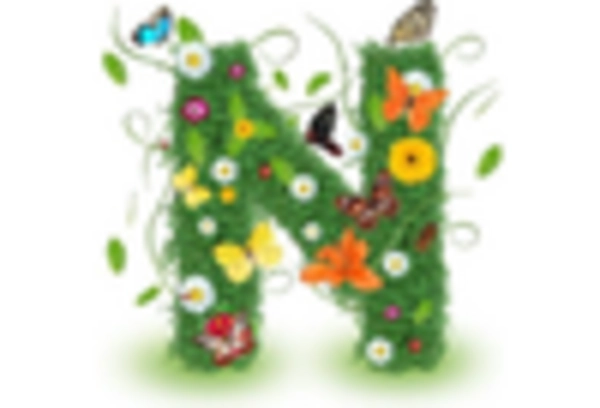
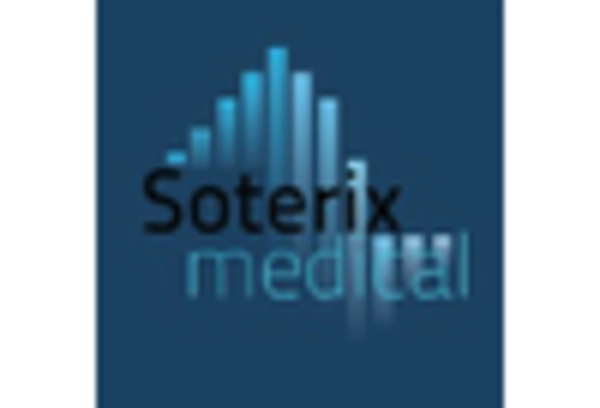








Leave a Comment